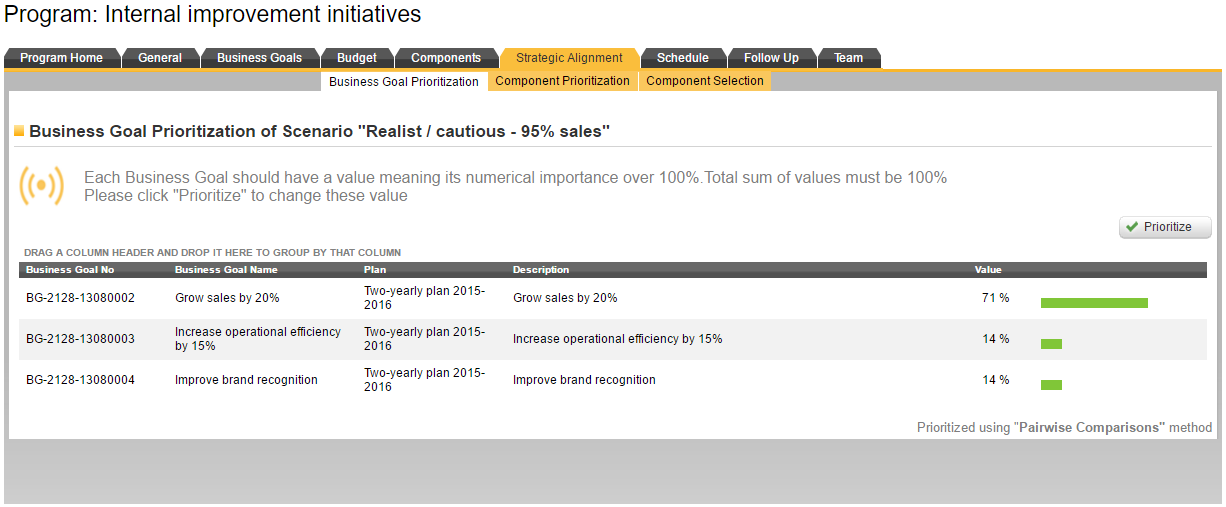 This article is part of a series on the PMBOK areas of knowledge. You can read the previous articles here:
This article is part of a series on the PMBOK areas of knowledge. You can read the previous articles here:
- The 10 areas of knowledge. 1: Project integration management.
- Integration with the ITM Platform project menu.
- The 10 areas of knowledge. 2: Project scope management.
- The 10 areas of knowledge. 3: Project time management.
- The 10 areas of knowledge. 4: Project costs management.
- The 10 areas of knowledge. 5: Manage the quality of the project. The example of an insurer.
- The 10 areas of knowledge. 6: Human resources management of the project.
- The 10 areas of knowledge. 7: Management of project communications.
- The 10 areas of knowledge. 9: Management of project acquisitions
The last area of knowledge of the PMBOK (Project Management Book of Knowledge) covers the best practices to manage the relationship with stakeholders.
Specifically, this area of knowledge focuses on identifying people, groups or organizations that may affect or may be affected by the project and analyze their expectations and its impact on the plan.
Manage project stakeholders in a collaborative environment
It is essential to keep in mind that clients too are stakeholders, as their satisfaction is crucial to the success of a project. This means that projects could re-start from 0 if the client’ expectations are not taken into account early enough.
This problem was so frequent in software development that led to the development of agile methodologies, which seek a fluid communication with customers.
Advice for Stakeholders Management
1. Identify the parties or public interested in the project
In this phase of project management, it is important to focus on identifying the stakeholder from the very beginning, since this will allow us to obtain an overview of the stakeholders map and the problems that some actors may pose at a later moment.
2. Make sure that all interested parties agree and know their roles or responsibilities
Before starting the development of a project, it is essential that all the actors involved know the rules and assume the commitment and responsibility expected of their functions. From the beginning, we will identify team leaders, work teams, and their roles.
Good pre-planning facilitates a smooth development and helps to avoid conflicts in the future. If everyone agrees with the requirements and objectives, he or she will work to keep pace with the events and avoid delays; delays that only will be translated into extra costs and unwanted results.
On the other hand, rules must also ensure fluid communication with customers, so that they have sufficient information to evaluate the project development and express their point of view. If necessary, the circumstances under which a client’s opinions may involve changes in the project can be agreed upon.
3. Get consensus on the application of changes to the project
Changes in a project are inevitable since contingencies always arise that require the modification of some criteria or change in scope. The more complex a plan is, the more susceptible it is of being changed during its development. Therefore, it is important that all participants agree on how to handle the changes.
4. Favor communication
Establishing communication guidelines at the beginning of the project will improve the flow of the same. The team will be able to determine, since the beginning, the frequency of the communication and its content, that should preferably be concise and focused on the progress or issues that affect the project.
5. Give permanent visibility to the project teams
Transparency is a fundamental virtue in all project communication. It does not make sense for a project manager to have secrets.
It is important to define and communicate the vision of the project early on, as teams become more involved and the risk of losing focus on the project is mitigated. This way you make sure that any decision is coherent with the vision and objectives of the project. This point is very important because it helps reduce risks, errors or loss of focus.
6. Involve interested parties in the entire process
Although we assigned functions and teams from the very beginning, interested parties (stakeholders) should be always involved, so that they can participate in the problem solving or the revision of the requirements.
7. Reach an agreement with what has been done
In order to avoid entering a circle of changes and stagnation that could jeopardize the development of the project, it is important to reach agreements on the work done.
In an organization that manages strategic projects and internal transformation, Stakeholders Management goes beyond the project closure, since its delivery enables capacities that could benefit other levels of the organization. Otherwise, the value delivered is not internalized and won’t become a competitive advantage sustainable over time. This approach has been called Benefits Realization Management (BRM) or Benefit Management.
8. Empathize with the other interested parties
All project participants are stakeholders, but the stakeholder map also includes parties that do not actively participate in the development of the project. You should take them into account and empathize with them as the capacity for empathy is a crucial skill for the success or failure of a project.
The analysis of a project should not be limited to the interests and influence of stakeholders but should include how to identify their objectives, circumstances and the way they perceive the project.
Empathic analysis helps us to discover hidden variables that show us the way to solve problems or overcome obstacles that we may encounter.

 Project cost management is one of the most important sections of the Project Management Book of Knowledge (PMBOK) and seeks, from a theoretical and practical point of view, to determine and control the costs involved in the project execution. This is an important area of knowledge since no project can be considered without having set aside sufficient resources for its execution.
Project cost management is one of the most important sections of the Project Management Book of Knowledge (PMBOK) and seeks, from a theoretical and practical point of view, to determine and control the costs involved in the project execution. This is an important area of knowledge since no project can be considered without having set aside sufficient resources for its execution.
 Man-hours, also called person-hours, are the unit of measure that is used in project management to measure the efforts needed to complete a task.
Man-hours, also called person-hours, are the unit of measure that is used in project management to measure the efforts needed to complete a task.
 Sometimes we can't start all the projects we would like to. This often happens with internal projects: how many CIOs will undertake all projects that are demanded by the heads of each department? And how many find solid reasons to explain which projects are initiated, in what order and why?
Sometimes we can't start all the projects we would like to. This often happens with internal projects: how many CIOs will undertake all projects that are demanded by the heads of each department? And how many find solid reasons to explain which projects are initiated, in what order and why?